Legendary British sports car firm TVR will relaunch in 2024, with the Griffith V8 finally making production and a Griffith EV scheduled to be on sale just six months later.
Thereafter, two more cars, believed to be an electric saloon and SUV, are planned for production, although the timeline for their launches has yet to be confirmed.
The long-awaited revival project – revealed exclusively to Autocar by owner Les Edgar, major investor and chairman of green lithium firm Ensorcia Automotive Daniel Layton and CEO Jim Berriman – will kick-start a longer-term plan to seize the opportunities of electrification and turn TVR into a global luxury car maker.
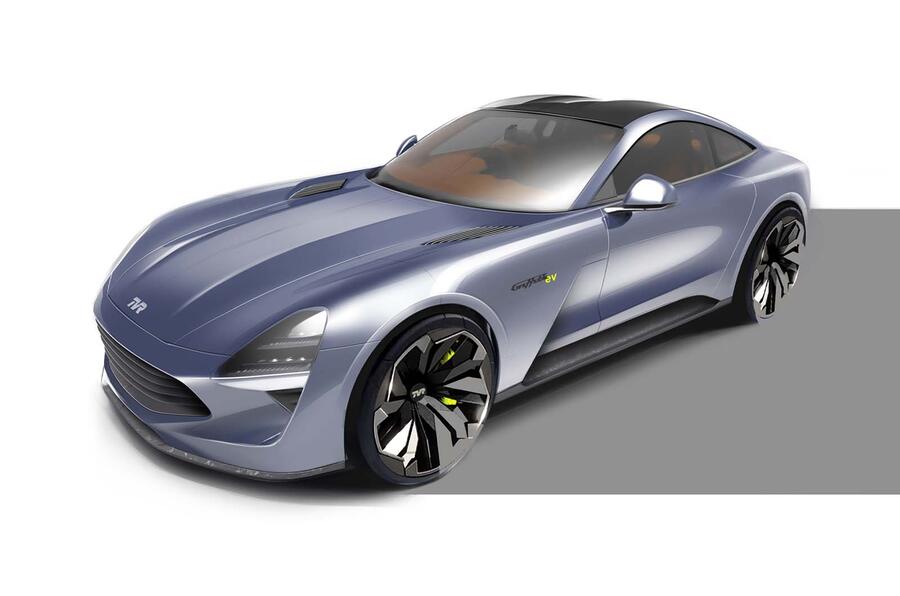
Responding to questions about the long gestation of TVR’s relaunch to this point – having acquired the brand in 2013, started development of the Griffith with Gordon Murray in 2014 and then revealed a production-ready prototype of the car in 2017 – Edgar said: “It has taken longer than expected but everything is now in place for us to succeed long into the future.
“We have always had the right car for the relaunch, the concept engineered by Gordon Murray and ready to be built using his innovative production practices. All the feedback is clear that it is the right product for us to build on TVR’s 75-year history.
“Crucially, though, we now have the right investment and the right route to building a sustainable future with a family of electric vehicles, which is where Daniel [Layton] comes in. We are ready to start work on the manufacturing site and build towards a 2024 launch.”
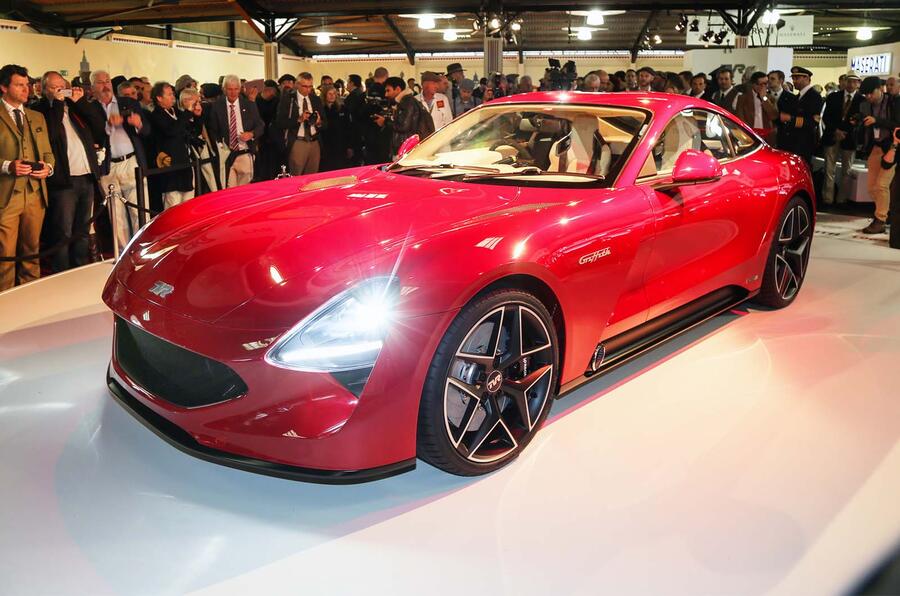

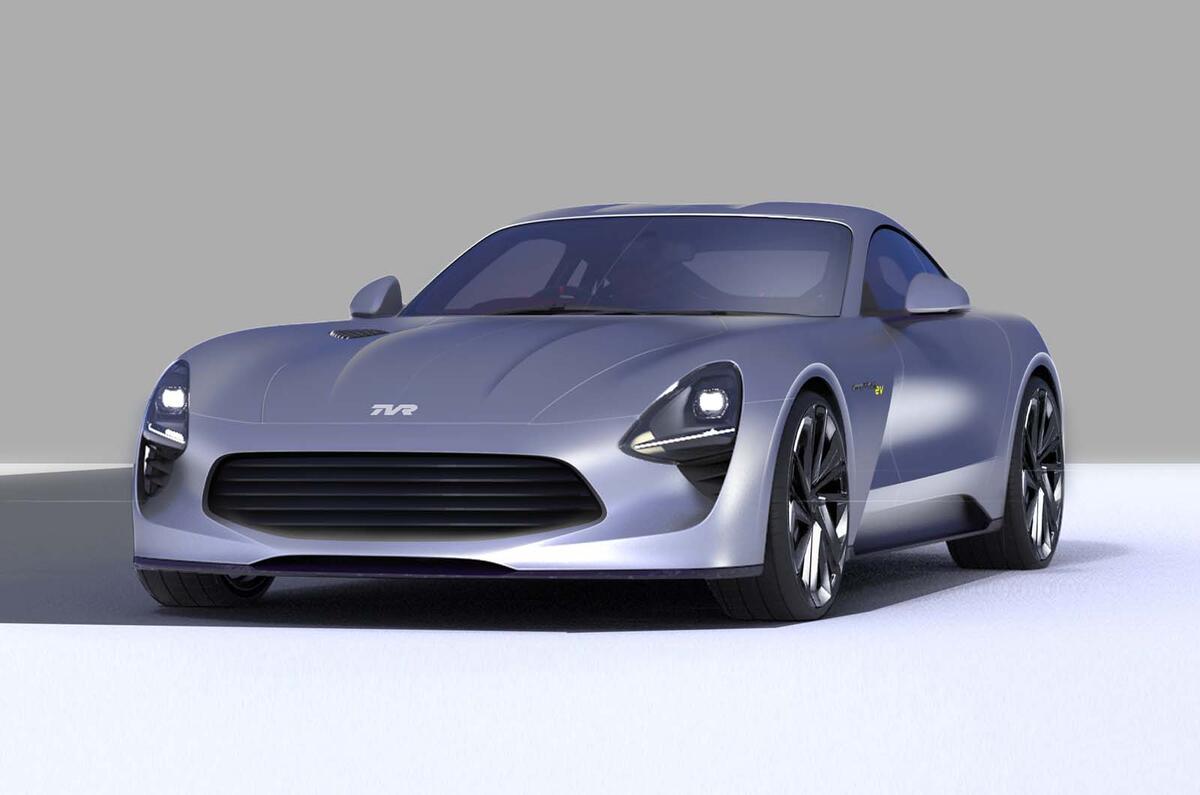

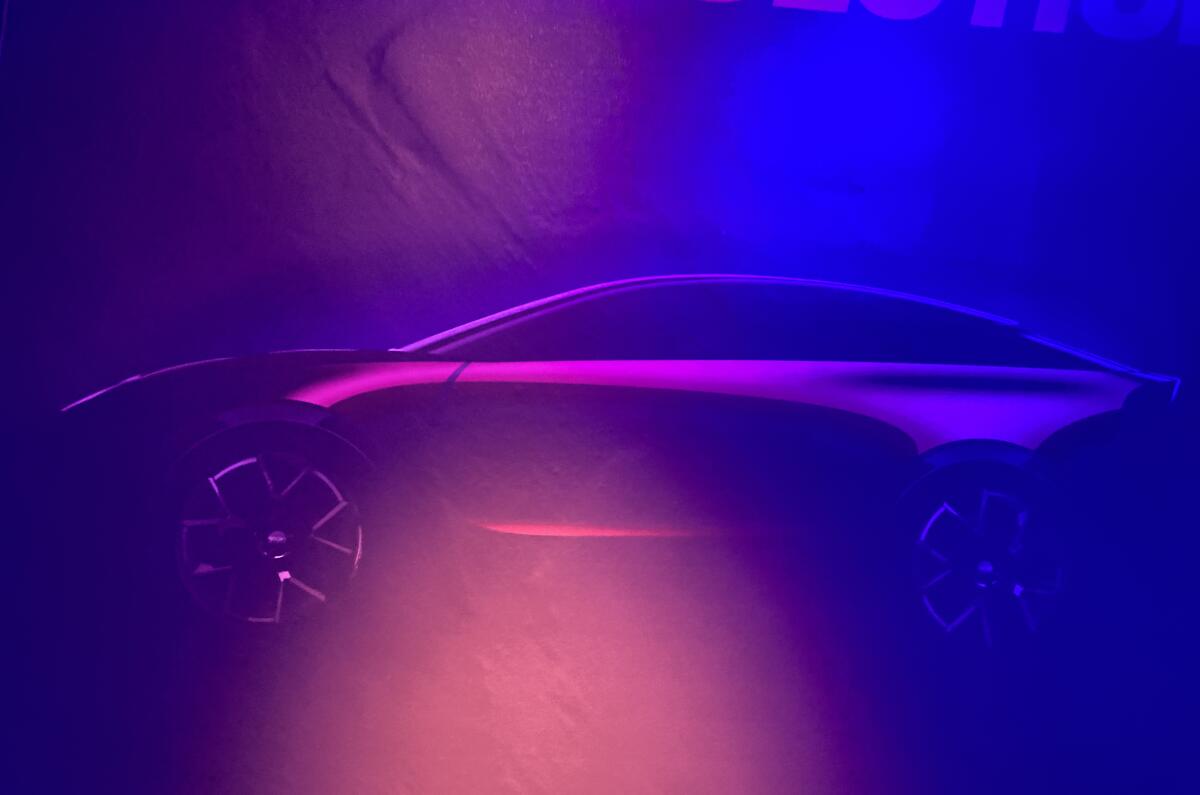
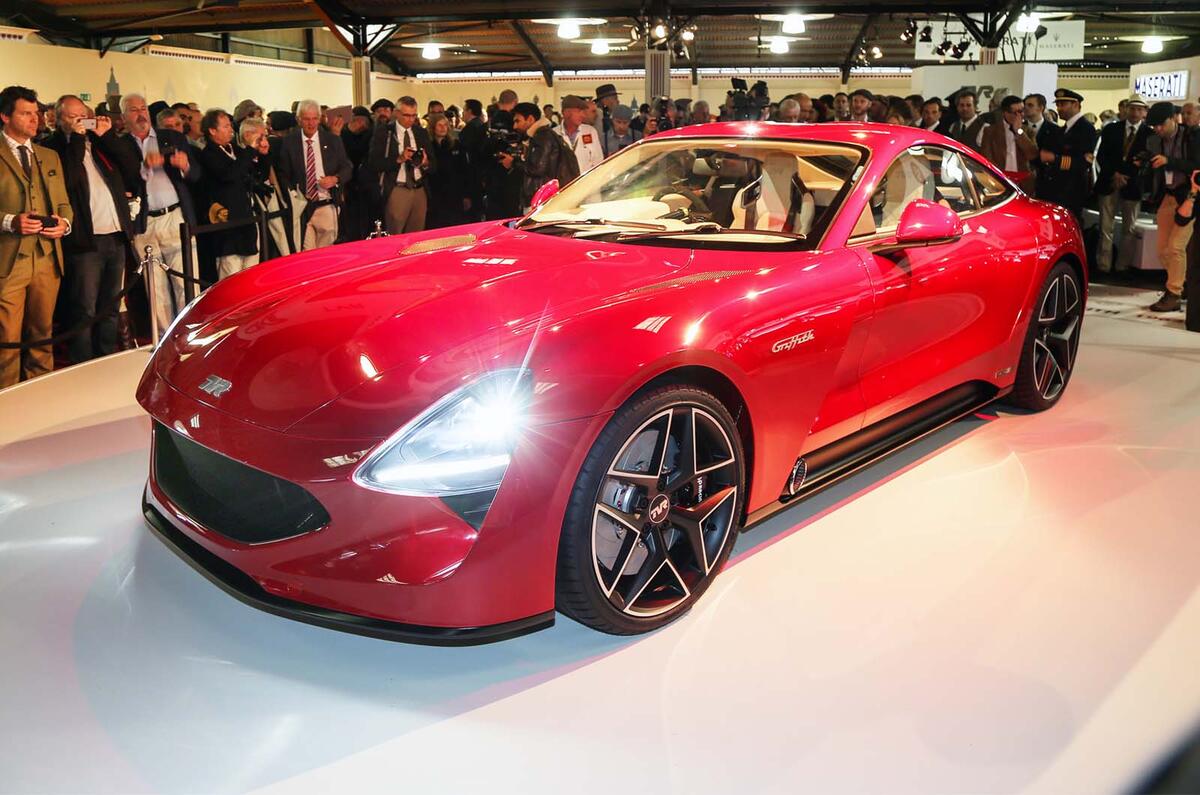
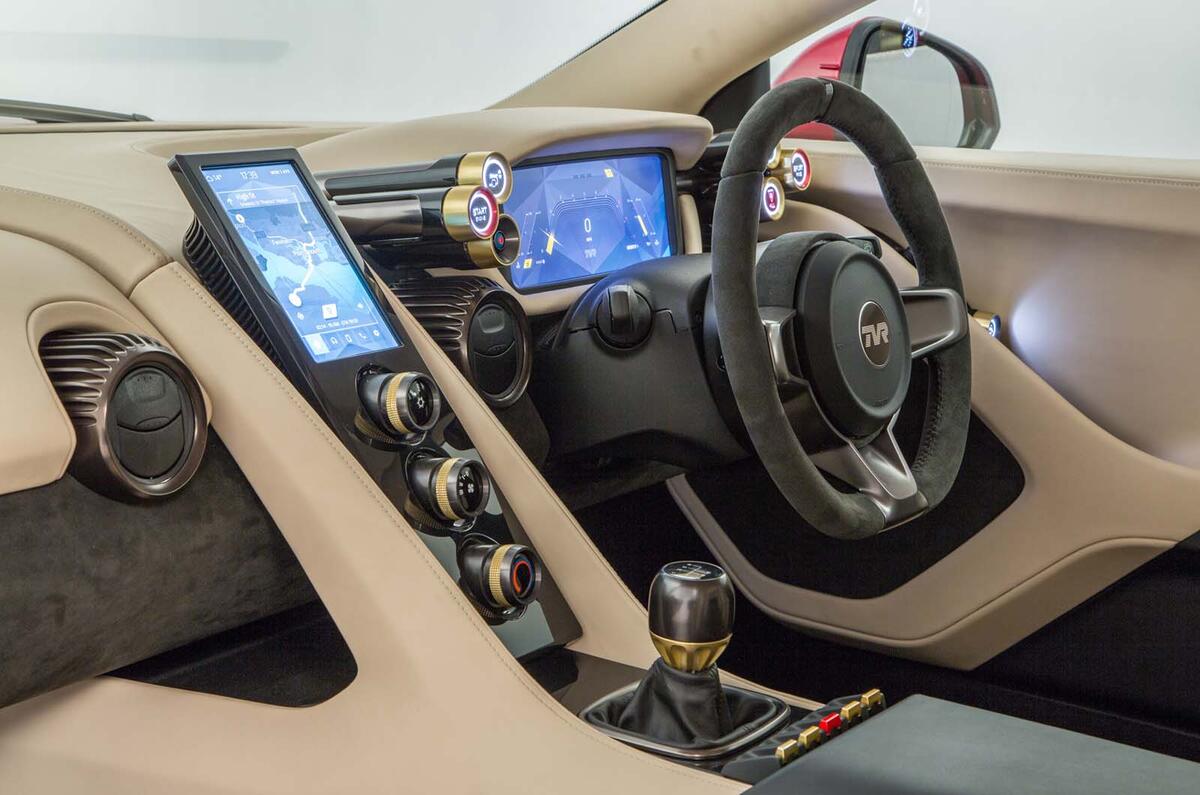



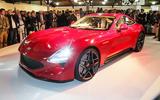


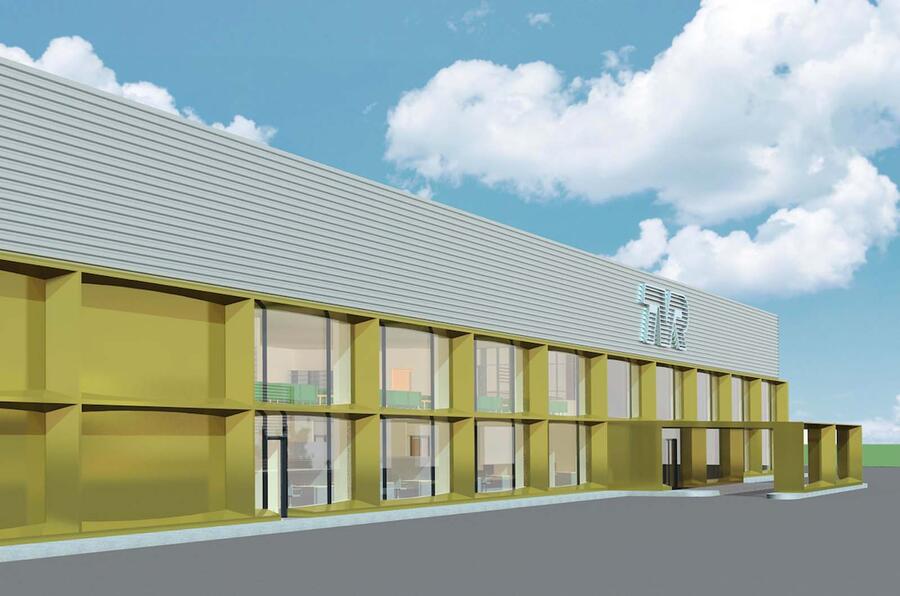


Join the debate
Add your comment
Never been fan of US cars but, the Mustang does appeal to me. Pity I'm skint.
Surely nobody can any longer believe, that anything is ever going to come of all the claimed future TVR cars? In computing terms, classic vapourware.
How do you make a small fortune? Make a big fortune and invest it in a specialist car company. I've seen this with hopeful investors many times, most notably when I was working with Evante. So many hopefuls, so many dreams, so little understanding of the true cost of developing, manufacturing and selling cars. Today it's substantially more demending than it was then.